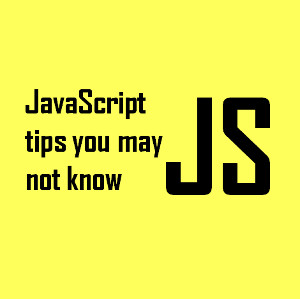Benefits of Modernizing Legacy Software Applications
Legacy software applications are built to last for a longer period of time. They were built using one of the world’s most popular business oriented computer languages known as COBOL. Nearly sixty to seventy percent of the world’s business applications depend on it. To an even greater degree, nearly ninety percent of all the financial transactions require COBOL for daily execution, whether it is online purchases or using an ATM machine.
Today, however, newer programming languages take the lead. With Java and Dot NET replacing the traditional COBOL. To be at par with the modernization, companies across the globe are also forced to upgrade their system applications. The problem that seems to arise here, is that many of our daily crucial applications still depend on COBOL and would not work without it.
Application migration is possible, sure, but for that to take place, the mainframe applications at the Server level need to be upgraded or entirely rewritten starting with environment architecture and re-engineering. All of this would not only cost an organization a fortune to accomplish, but it will also mean keeping the entire world up to date with the current trends.
A stereotypical question now comes to your mind and in the minds of everyone involved in this dilemma, Why modernize?
Application modernization can allow developers to modify COBOL to the most updated platforms. This can be done using a variety of application development environment or with a narrowed-down application migration to a newer, re-engineered ecosystem.

Application migration and reengineering creates a platform that renders development easier and are cheaper, quicker than starting from scratch. Modernization of Legacy applications takes nearly 15 months to execute, and the RoI realization is within 18 months after the project completion.
Since most of the world’s business systems are heavily invested in COBOL and the installed base is only growing at the rate of five billion coding lines each year, there is no doubt that anybody would want to completely replace it for any other language taking into account the sheer volume of investment that has already gone into it. Also, based on this language, are the highly concentrated apps which make it even more expensive to replace.
Such modernization of COBOL- based applications has already serviced several organizations by reducing their costs by more than eighty percent. Already there are companies who have opted for such a business model to further innovate while staying agile.
To get started, you will need an expert in application migration and re-engineering solutions, who can integrate the cloud service to your legacy applications, while saving time and operational costs.


 Alex
Alex






